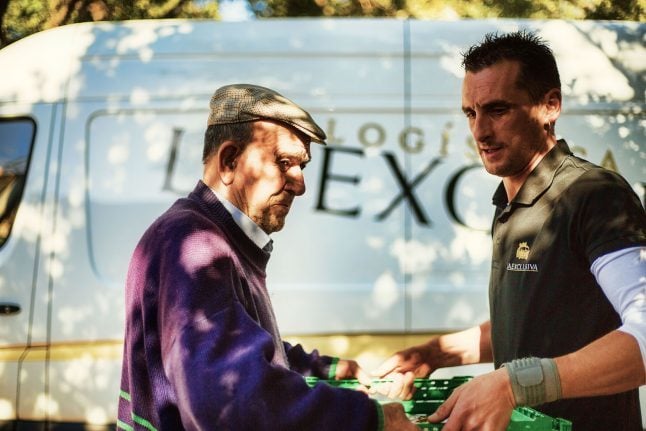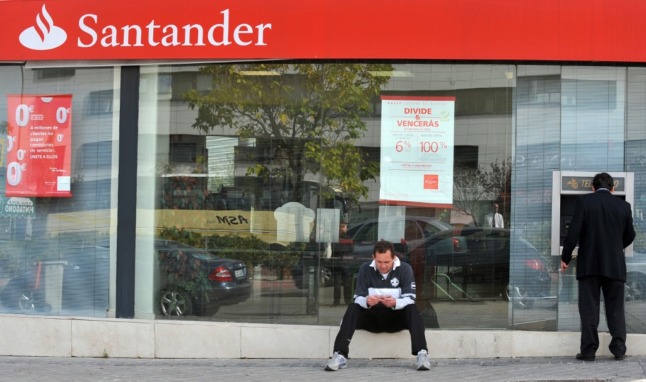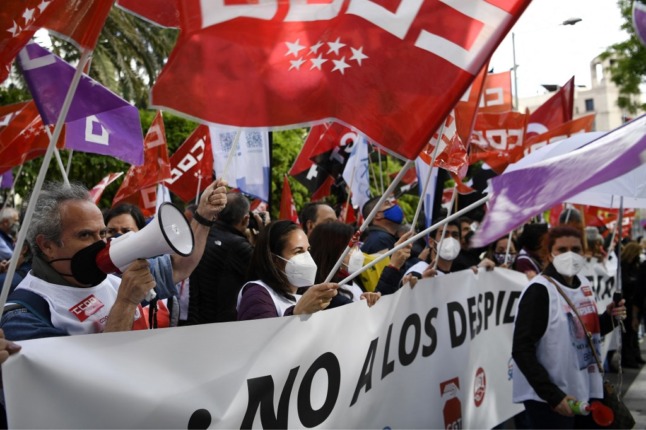The European Commission has given Spain the green light to use €200 million of the funds allocated to the country through the Next Generation recovery plan to offer internet speeds of up to 300 Mbps (scalable to 1Gb per second) to rural areas with slow internet connections.
According to Brussels, this measure will help guarantee download speeds of more than 100 Mbps for 100 percent of the Spanish population in 2025.
Around 8 percent of Spain’s population live in areas where speeds above 100Mbs are not available, mostly in the 6,800 countryside villages in Spain that have fewer than 5,000 inhabitants.
European Commission President Ursula von der Leyen plans to travel to Madrid on Wednesday June 16th to hand over to Prime Minister Pedro Sánchez the approved reform plan for Spain.
Back in April, Spain outlined its Recovery and Resilience plan aimed at revitalising and modernising the Spanish economy following the coronavirus crisis, with €72 billion in EU grants over the next two years.
This includes green investments in energy transition and housing, boosting science and technology education and digital projects such as the fast-speed internet project which aims to avoid depopulation in rural areas.
It’s worth noting that these plans set out €4.3 billion for broadband internet and 5G mobile network projects in rural areas in Spain, so this initial investment should be the first of many.
Over the past 50 years, Spain’s countryside has lost 28 percent of its population as Spaniards left to find jobs in the big cities.
The gap has been widening ever since, local services and connections with the developed cities have worsened, and there are thousands of villages which have either been completely abandoned or are at risk of dying out.
READ MORE:
How Spaniards are helping to save the country’s 4,200 villages at risk of extinction

The pandemic has seen a considerable number of city dwellers in Spain move or consider a move to the countryside to gain space, peace and quiet and enjoy a less stressful life, especially as the advent of remote working in Spain can allow for this.
Addressing the issue of poor internet connections is one of the best incentives for digital workers to move to the countryside, bringing with them their families, more business and a new lease of life for Spain’s villages.
READ ALSO:





 Please whitelist us to continue reading.
Please whitelist us to continue reading.
Member comments